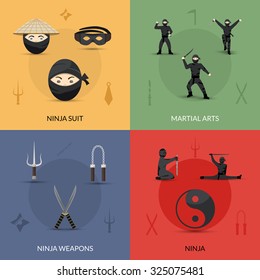Typical Martial Arts Vs. Modern Battle Sports: Recognizing The Trick Differences
Typical Martial Arts Vs. Modern Battle Sports: Recognizing The Trick Differences
Blog Article
visit this backlink By-Kok Fink
When you think of martial arts, do you lean much more towards the typical practices or the modern-day battle sporting activities? Each path uses one-of-a-kind advantages and experiences, shaped by their philosophies and training methods. Conventional martial arts emphasize personal development and self-control, while modern battle sporting activities concentrate on competition and efficiency. Understanding these differences can guide you in picking the ideal technique for your trip. Yet exactly how do these distinctions show up in training and philosophy?
The Ideology and Background Behind Traditional Martial arts
While many individuals link martial arts with physical combat, the ideology and history behind typical martial arts run much deeper. You'll discover that these self-controls stress individual development, technique, and regard.
Originating from old techniques, typical martial arts were usually developed for Self-Defense and spiritual growth. They symbolize principles such as equilibrium, consistency, and self-discipline, guiding practitioners past simple fighting skills.
As you educate, you'll not only discover methods however additionally acquire understandings into the society and worths that formed these arts. The rituals and traditions, typically passed down via generations, promote a sense of area and belonging.
The Competitive Nature of Modern Fight Sports
Modern fight sporting activities have actually changed the landscape of martial arts right into a highly affordable arena, where athletes challenge in an examination of ability, strategy, and endurance.
You'll observe that competitors are often organized with rigorous policies and regulations, making sure fair game and safety. These occasions bring in huge audiences, fueling the exhilaration and intensity of matches.
Athletes train rigorously, not just for physical expertise but likewise for mental toughness, knowing that every detail counts in the ring. The adrenaline rush throughout competitions is palpable, as competitors push their limits to declare triumph.
Fans appreciate the athleticism and creativity entailed, making modern-day battle sporting activities a thrilling phenomenon that continues to develop and mesmerize fanatics all over the world.
Training Methods and Strategies: A Relative Evaluation
The competitive environment of modern battle sporting activities needs cutting-edge training techniques that vary substantially from standard martial arts.
In modern training, you'll focus on particular methods, sparring, and conditioning, commonly using drills that simulate genuine fight circumstances. You'll see an emphasis on measurable efficiency and frequent competitors to examine your abilities.
On the other hand, conventional martial arts focus on forms, katas, and thoughtful teachings, often stressing technique and regard over competitors.
https://martial-arts-kids-arnis-n11100.get-blogging.com/34937279/unlocking-self-confidence-the-benefits-of-taekwondo-for-children is usually much less extreme and might include recurring practice as opposed to real-time sparring.
While both strategies build ability and physical fitness, modern-day combat sports give a more dynamic and versatile training environment, preparing you for immediate obstacles in the ring or cage.
Select martial arts with knives that lines up with your objectives and rate of interests.
Final thought
In picking between conventional martial arts and modern-day battle sports, it actually boils down to what you value a lot of. If you're trying to find personal growth, technique, and a sense of neighborhood, typical arts may be your finest fit. However if you thrive on competition and real-time difficulties, modern-day fight sporting activities could be the way to go. Eventually, both paths offer unique benefits, so it's all about aligning your training with your individual goals and passions.
